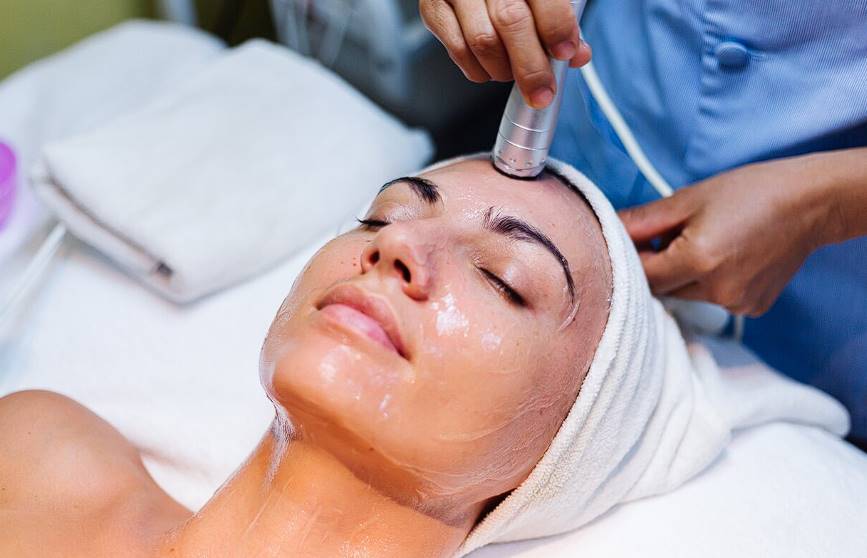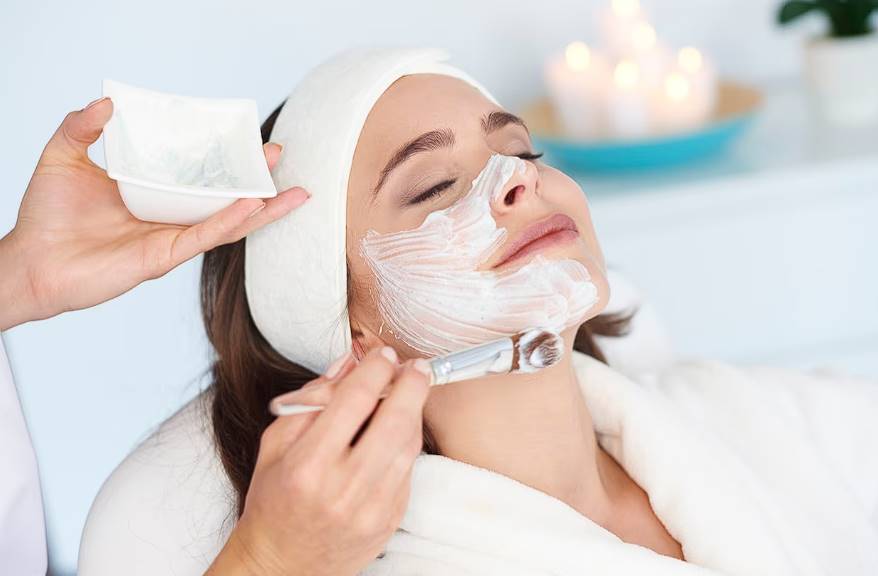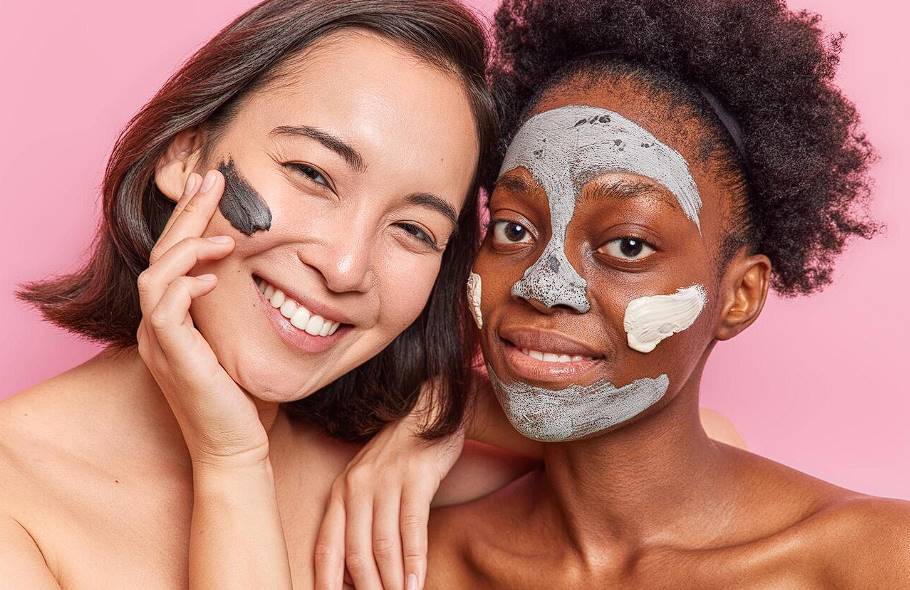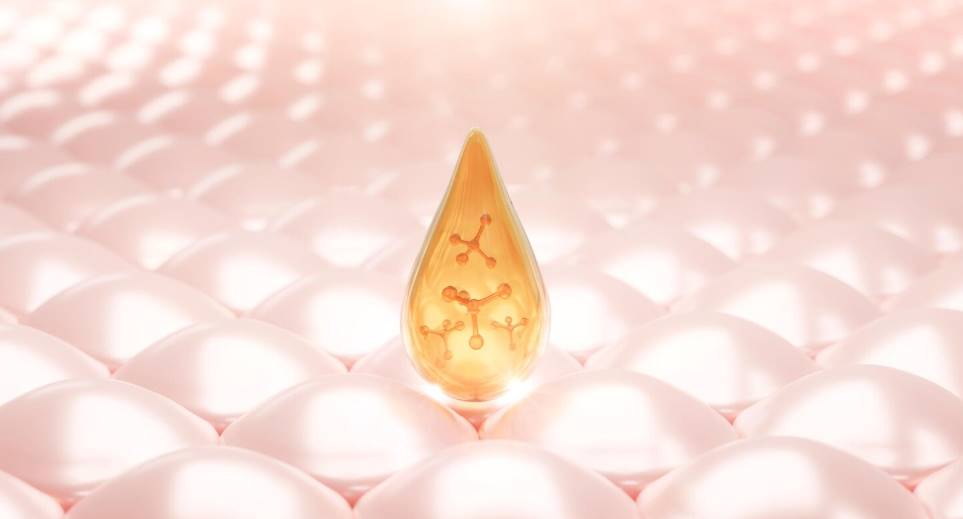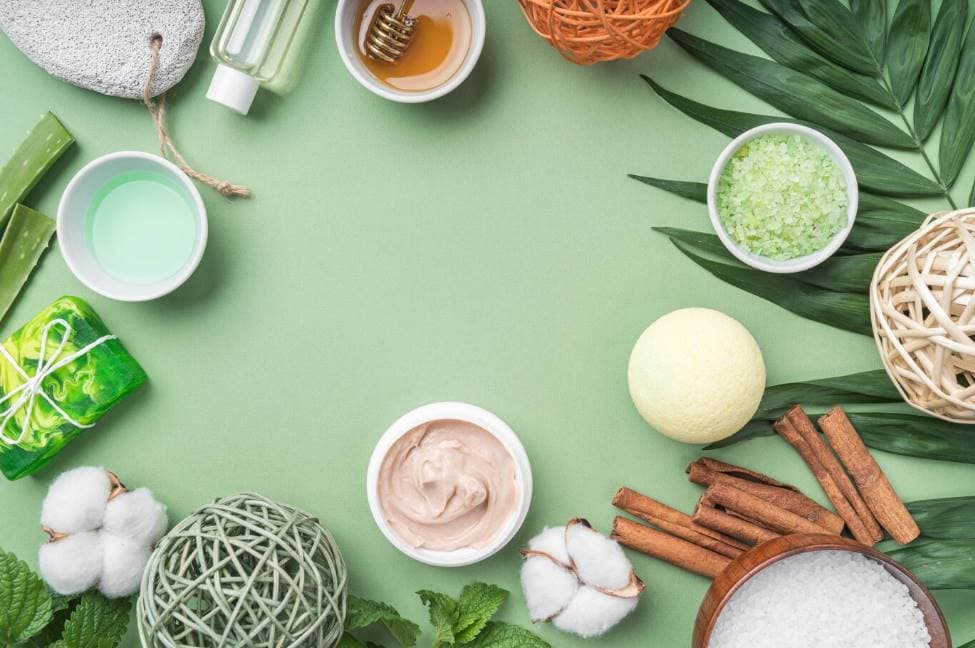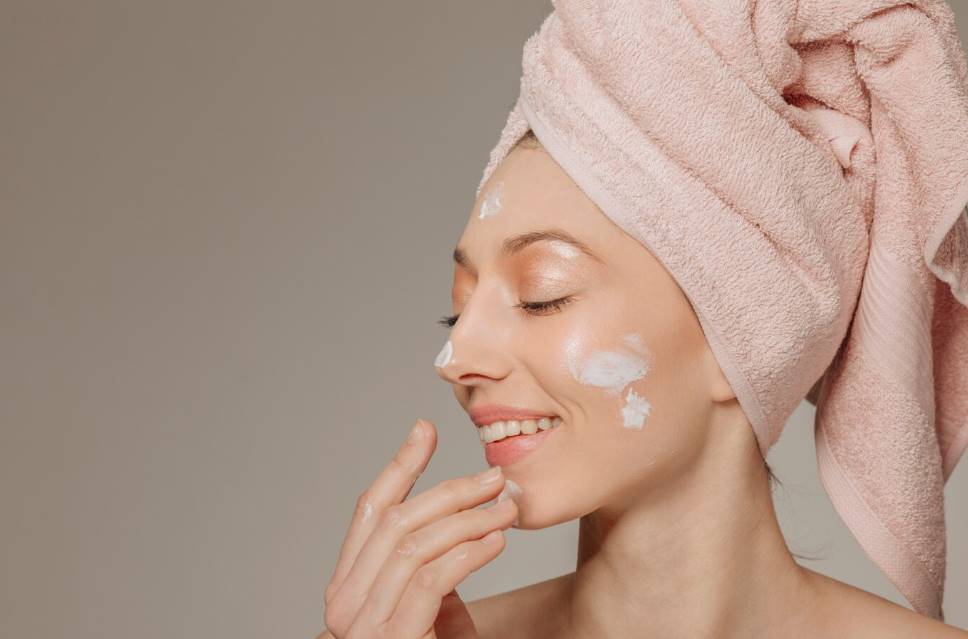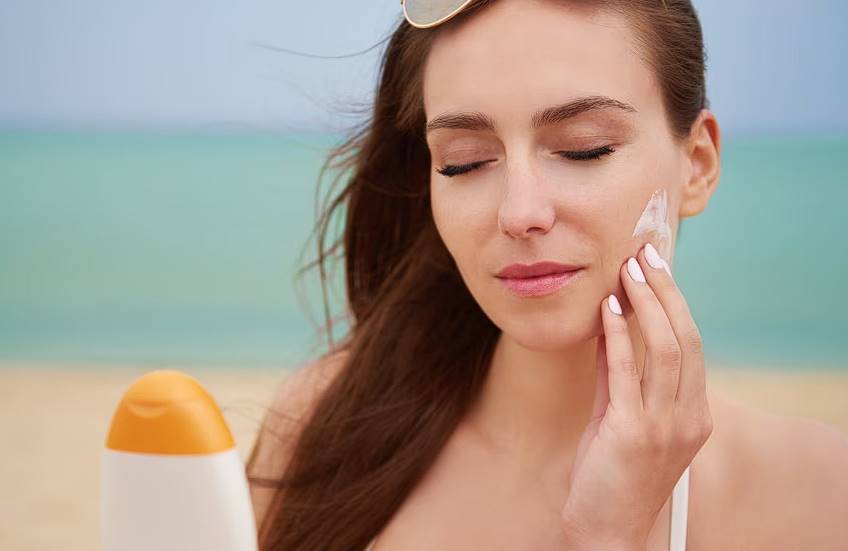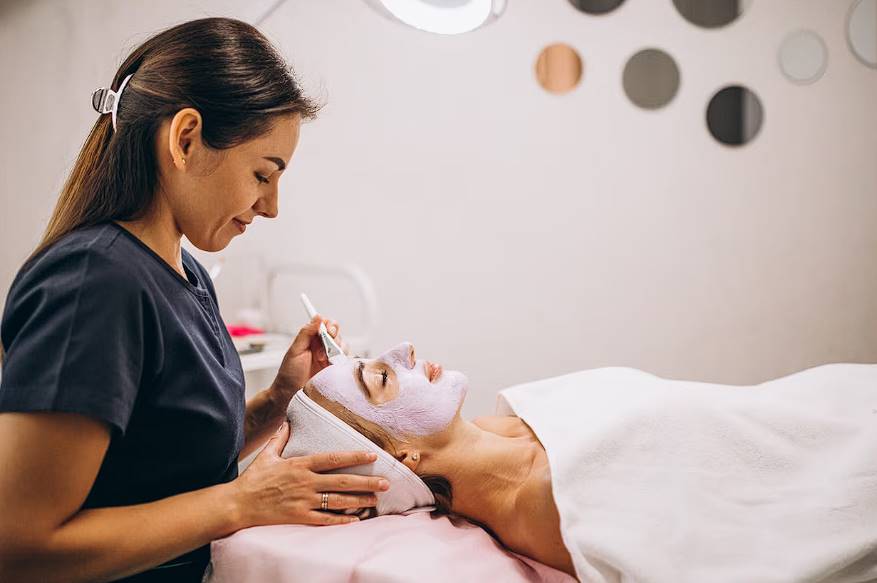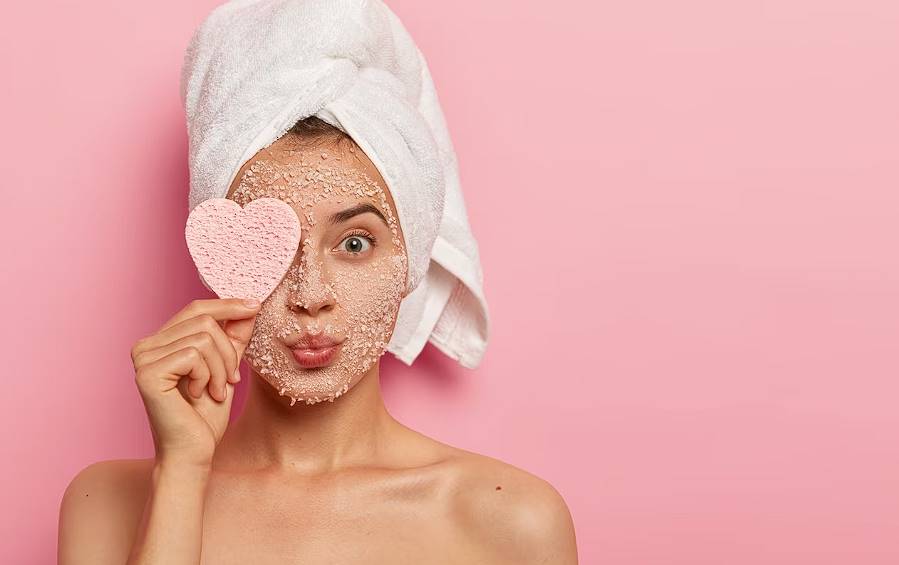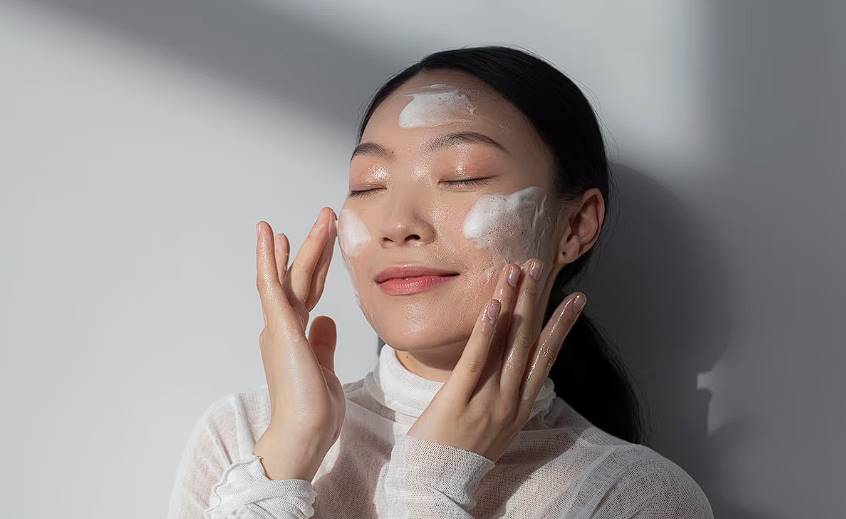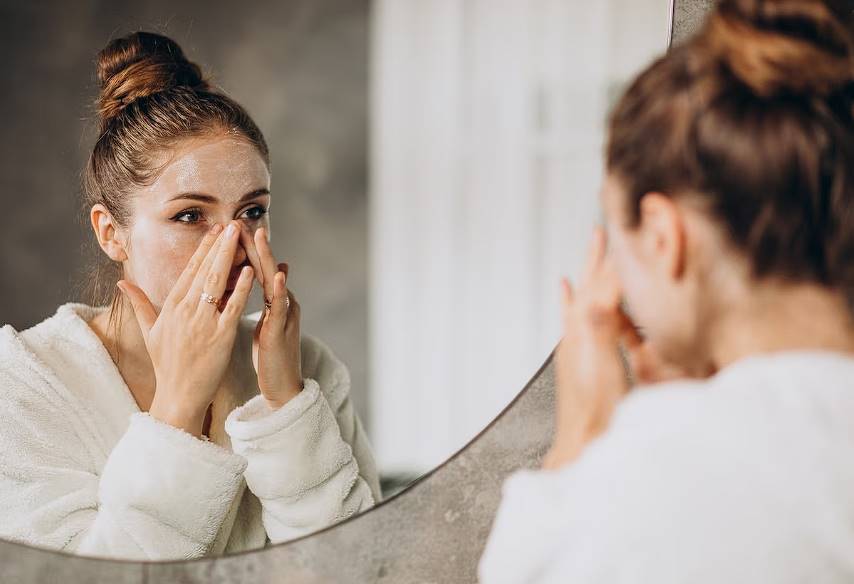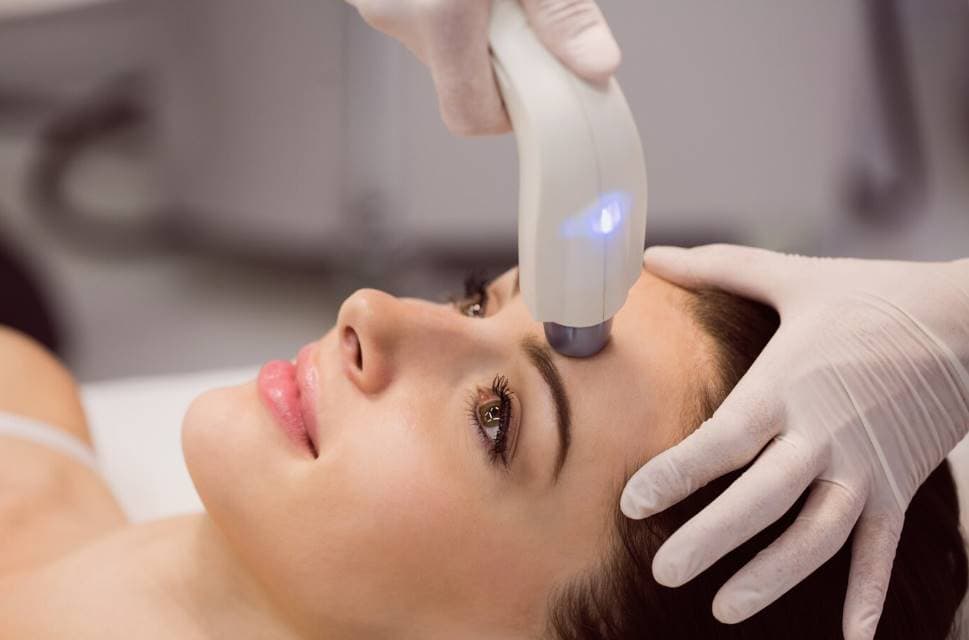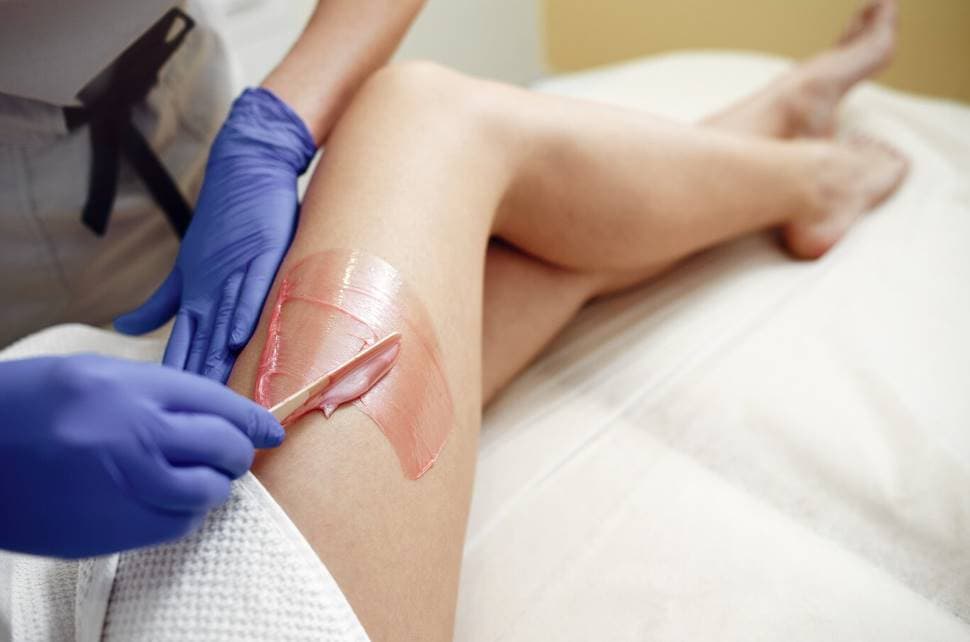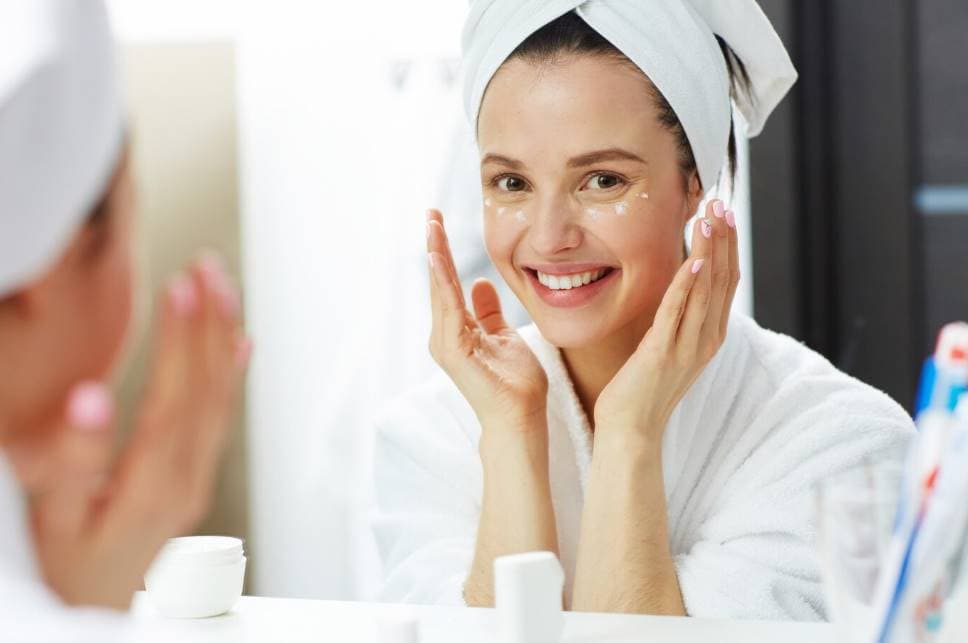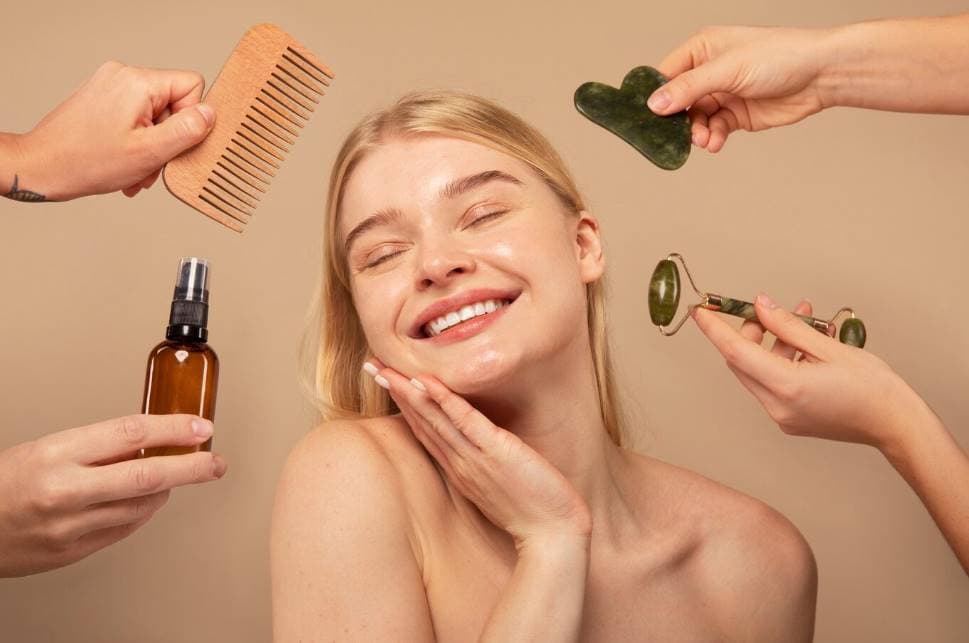Everyone enjoys compliments on their radiant complexion. It can improve your mood and make you ready to take on the world. Chemical peels have allowed many people to have a glowing, young complexion at a surprisingly low cost. Did you know that chemical peels are the third most popular treatment, behind Botox and fillers?
In old age, reduced elastin and collagen formation contributes to the skin's diminished ability to repair itself. Your skin loses roughly 1% of its collagen content every year. This may sound alarming, but taking the appropriate steps with your skincare routine can help your body produce new collagen and elastin.
Chemical peels, or chemexfoliation, enhance skin appearance by applying a solution that sheds the outer skin layers, revealing a fresher, younger-looking layer beneath.
Understanding Skin Aging and Chemical Peels
As we age, the skin's capacity to regenerate diminishes, primarily due to decreased elastin and collagen. Annually, the skin loses about 1% of its collagen. This might seem concerning, but adopting an effective skincare routine can boost the skin's collagen and elastin production.
Chemical peels are designed to enhance the skin's appearance. They involve applying a chemical solution, causing the skin to exfoliate, eventually revealing a more youthful layer. This new layer often appears more rejuvenated and radiant than its predecessor.

Types Of Chemical Peels
A chemical peel uses a solution of exfoliating acids (naturally sourced and mild on the skin) to improve the skin's look. By sloughing off dead skin cells, exfoliation helps restore a more youthful glow and supple texture to the skin. Chemical peels can range from shallow to medium to deep, depending on the depth of the exfoliation desired.
Superficial Chemical Peels
The only layer of skin that a superficial chemical peel, also referred to as a light chemical peel, affects is the epidermis. Help diminish discoloration, even out skin tone, and diminish the appearance of fine lines and wrinkles with its use.
Alpha hydroxy acids, including salicylic acid, lactic acid, glycolic acid, kojic acid, malic acid, or a combination of these acids, are commonly used in this skin peel. Enzymes can also be utilised to break through the skin's surface.
After receiving a superficial peel, you may experience mild redness and possibly some flaking. You can normally apply makeup the day after getting a medical-grade mild peel, with full healing occurring within a week.
Medium Chemical Peels
Compared to a superficial peel, a medium chemical peel penetrates deeper into the skin. Glycolic, salicylic, lactic, or trichloroacetic acid (TCA) peels with a medium depth typically have a reasonably high concentration. There will be some redness after a medium peel. The healing time for a medium chemical peel is two weeks.
Deep Chemical Peels
The deepest chemical peels reach even the deepest layers of skin. They're prescribed for more severe cases of acne or sun damage. Glycolic, trichloroacetic, and phenol are the most popular acids used in a thorough chemical peel.
Deep chemical peels, which use more acids, typically leave patients with red, irritated skin. The typical recovery time for this peel is between two and three weeks. It's possible that those with darker skin tones shouldn't utilise deep peels because they can lead to hypopigmentation (lightening of the skin).
Different Chemical Peels
Is there a particular chemical peel that works wonders on your skin? Your skin's state, any allergies you may have, and your desired outcome are all factors. Glycolic, beta, lactic, vitalise, and pigment-balancing peels are the five most popular chemical peels.
Glycolic Chemical Peel
Glycolic acid is the best acid for chemical peels. The fruit-based AHA (alpha hydroxy acid) has a tiny molecular structure that deeply penetrates the skin. Glycolic acid removes dead skin cells and sebum in your pores without causing any damage.
A wide spectrum of mild to severe glycolic peels is on the market today. Many people report that their skin looks and feels better and younger after utilising a glycolic acid peel.
Lactic Chemical Peel
Chemical peels frequently employ lactic acid, another alpha hydroxy acid. Fermented milk products include organic molecule; however, it is typically synthesised from sugar or vegetables in cosmetics. Lactic acid acts as an exfoliant by removing dead skin cells from the epidermis so that new cells can proliferate.
Chemical peels with lactic acid are often safer for delicate skin than those containing other acids. Another way lactic acid helps keep skin supple and hydrated is by increasing its natural moisture content. A lactic peel may help you achieve smoother skin, a more even tone, fewer wrinkles, and a more radiant appearance if you include it in your skincare routine.
Beta Chemical Peel
Salicylic acid, a beta-hydroxy acid (BHA) produced from willow bark, is found in beta-chemical peels. This all-natural antibacterial has been used for centuries for its anti-inflammatory, anti-oil, and exfoliating properties. Since the oil-soluble component in a BHA chemical peel targets sebum and acne-causing bacteria, it is useful for treating breakouts and unclogging pores.
Because salicylic acid has anti-inflammatory qualities, BHA peels are typically more tolerable than AHA peels. However, a dermatologist or skin care professional can help you determine the best course of action because everyone's skin is different.
Vitalize Chemical Peel
'Revitalisation' means reviving or revitalising in the dictionary. Similarly, "vitalisation" refers to the infusion of strength and vitality. A vitalise chemical peel can improve the appearance of fine lines and wrinkles, scars, dark spots, rough areas, and overall skin tone. Salicylic acid, citric acid, lactic acid, and even retinoic acid (retinol) are all components of the chemical peel.
A vitalise peel is milder than other choices yet stronger than lactic and beta peels. It can be a great starting point for those who have never tried chemical peels. Vitalise chemical exfoliation is related to minimal peeling. Therefore, it's more than just gentle on the skin. The skin tone of many patients improves with just one vitalise peel and even more so with subsequent treatments.
Pigment-Balancing Chemical Peel
Chemical peels that even out pigmentation use a similar multi-AHA/multi-BHA combination as revitalising peels. The primary purpose of these treatments is to lighten dark spots and balance out skin tone caused by hyperpigmentation and Melasma. Acne scars and fine wrinkles are two other cosmetic issues that can benefit from a pigment-balancing peel.
It's important to remember that a pigment-balancing peel may require multiple applications before you notice a difference in your skin. Age spots may fade over time, but you're more likely to see skin texture and tone improvements first. Wearing sunscreen daily is essential since sun exposure can aggravate hyperpigmentation.
Chemical Peel Procedure Insights
After cleaning the skin and protecting sensitive areas, the chosen chemical solution is applied. Depending on the solution type, patients might experience a warm sensation followed by a brief stinging. Post-application, the solution is either neutralised or rinsed off.
The Advantages of Chemical Peels
There are several advantages to the intense peeling that chemical peels provide.
Diminish Wrinkles And Fine Lines
Chemical peels are an effective method of combating the signs of aging. A chemical peel can help remove fine lines and wrinkles by removing the top layer of skin. Fine lines and wrinkles become less noticeable as aged, dingy skin gradually replaces smoother, younger-looking skin.
Obtain A More Vibrant, Shiny Complexion
The type of chemical peel you choose can affect how quickly and effectively you get results. Strong collagen-boosting characteristics are included in medium and deep chemical peels, which aid in restoring elasticity and leaving you with radiant, youthful skin.
Treat Acne-Prone Skin
A chemical peel can remove the dead skin cells and other pollutants that have accumulated in the pores, which are what cause acne. Some peels work by reducing the skin's pH, which kills the microorganisms responsible for acne and inflammation.
Please read our guide to blemish-free skin to determine what triggers acne and what treatments work best.
Boost The Effectiveness Of Skincare Products
Chemical peels are a method of exfoliation that allows topical treatments' active ingredients to penetrate deeper into the skin, where they can do the most good. As a result, your anti-aging remedies will be more effective.
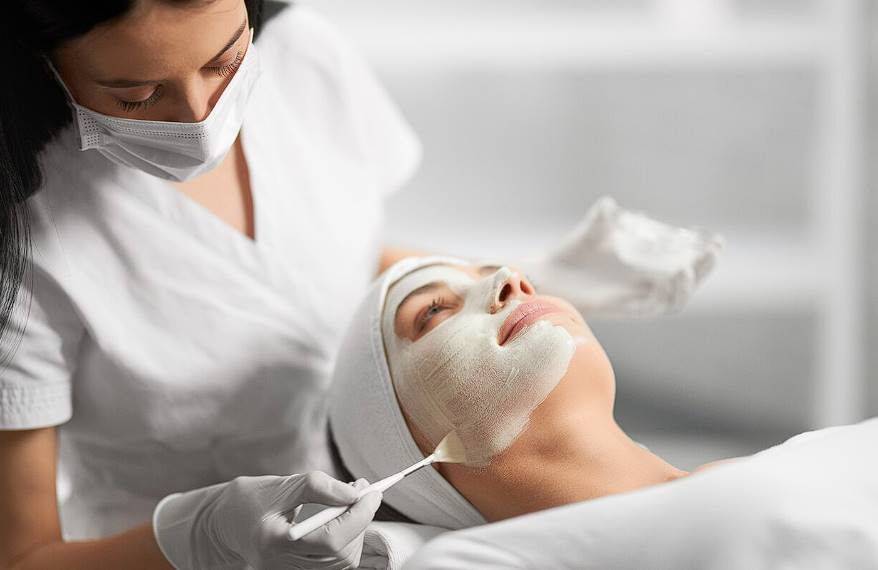
Potential Risks
Many unwanted consequences have been linked to chemical peels for the skin. These unwanted effects may do permanent harm. These five potential risks of chemical peels should be considered before deciding whether to proceed with the procedure.
Liver, Kidney, Or Heart Damage
Carbolic acid, often known as phenol, is the active ingredient in chemical peels. Phenol has been shown to have devastating effects on cardiac muscles and may also disrupt the heart's normally smooth rhythm. The liver and the kidneys are also negatively affected by phenol.
Discoloration Of The Skin
Chemical peels can be of several types. The most typical examples are:
- Superficial peels
- Deep peels
The peels have varying degrees of impact on our skin. Let's talk about how these peels hurt our skin. Hyperpigmentation (the skin turning darker than usual) is a known side effect of superficial peels, while hypopigmentation (the skin turning lighter than normal) is a known side effect of deep peels. People of darker skin tones are more likely to experience these negative consequences.
Infection
Cold sores are commonly associated with chemical peels. The proliferation of the herpes virus is to blame for this side effect of chemical peels. They irritate the skin and can induce cold sores and other microbial infections like bacterial and fungal infections.
Redness
One of the most typical reactions to chemical peels is redness. Redness for a few days is normal, but the redness from a medium or deep peel could linger for months. The area prone to redness is often the first to experience an itchy sensation after a chemical peel.
Unfortunately, the smooth and protective layer of skin there is often lost when people try to scratch it. This might make acne and pimples even more noticeable. Infesting bacteria quickly colonise this area. Sensitivity increases in the skin.
Scarring
No one wants scars, but what if chemical peels make things worse instead of better? Chemical peels have the potential to leave lasting scars. Scarring is a rare finding but not unheard of occurrence. The lower half of the face is where it typically shows up.
Common scarring side effects included the ones listed above. Chemical peels can be life-changing, but why take any chances when safer methods are available? Many common household items can be used as effective aids in the fight against common ailments. These treatments are not only effective but also cheap.
Conclusion
Chemical peels are a common way to treat ageing skin because they help restore a youthful glow and smooth texture by removing the top layers of skin to show a fresher, younger-looking layer underneath.
As we get older, less elastin and collagen in our skin makes it less able to heal itself. Chemical peels, also called chemexfoliation, are used to make the skin look better by applying a chemical solution that makes the skin peel off, showing a younger layer underneath.
There are different kinds of chemical peels, such as those that are light, medium, or deep. Chemical peels on the top layer of skin (the epidermis) help get rid of spots, even out the skin tone and get rid of fine lines and wrinkles.
Chemical peels that are medium strength get deeper into the skin and take two weeks to heal. Deep chemical peels get to the inner layers of skin and are used to treat acne or sun damage that is very bad.
Glycolic, beta, lactic, vitalise, and pigment-balancing peels are the most common types of chemical peels. Glycolic acid is the best acid to use in chemical peels because it gets deep into the skin and gets rid of dead skin cells and sebum without hurting the skin.
Lactic chemical peels are better for sensitive skin and make the skin more flexible and moist. Salicylic acid, a natural antibacterial with anti-inflammatory, anti-oil, and exfoliating qualities, is found in beta-chemical peels.
Chemical peels are a common way to make fine lines, wrinkles, scars, dark spots, rough spots, and the general tone of the skin look better. Vitalise chemical peels, which include salicylic acid, citric acid, lactic acid, and retinoic acid (retinol), are softer but stronger than lactic and beta peels. They can change the tone of the skin with just one peel and even more with more peels.
Pigment-balancing chemical peels use the same mix of AHAs and BHAs to lighten dark spots and even out the skin tone caused by Melasma and hyperpigmentation. Before you can see changes in your skin's texture and tone from these treatments, you may need to use them more than once. Sun contact can make hyperpigmentation worse, so you must use sunscreen every day.
Chemical peels have many benefits, such as reducing wrinkles and fine lines, giving the skin a bright, shiny look, treating acne-prone skin, and making skincare products work better. Chemical peels, on the other hand, can cause damage to the liver, kidneys, or heart, as well as skin discolouration, infection, redness, and scars.
Chemical peels can change your life, but it's important to think about safer options, like using common household things to treat common illnesses. These methods not only work, but they are also cheap. Natural skin care products have a lot of benefits for the skin, which is the biggest organ of respiration and has a lot of harmful chemicals in it.
In skincare, the word "natural" isn't as simple as it sounds, but it can be used to tell the difference between organic and natural goods. Natural skin care items must have at least 95% organic farm ingredients, and they must have the Organic Seal on them. But some natural things can cause skin to react badly.
Research has shown that switching to natural goods does not always make them safer or more effective. In a recent study, it was found that 94% of products that said they were natural, good for sensitive skin, or clean had ingredients that are known to cause contact dermatitis. It's important to remember that "natural" doesn't always mean "safe," so it's important to learn about the ingredients in beauty products, even if they say "organic" or "natural."
Natural skincare has many benefits, such as safe ingredients, authentic scents, gentle nourishment, a commitment to the health of the environment, personalised care from brands, ethical standards, increased effectiveness, lower long-term costs, graceful ageing with nature, and natural acne solutions.
The natural skincare market is growing, and there are more and more goods available. There are many different natural ingredients that can be used to make new treatments, scents, and cleansers.
Switching to natural skincare is a holistic way to look good that puts health, ethics, and the world first. By knowing what's in natural skincare items and using them, people can make better decisions and enjoy the benefits of natural skincare.
Content Summary
- Chemical peels revitalise skin for a younger appearance.
- People value radiant complexions for a confidence boost.
- Chemical peels offer affordable paths to youthful skin.
- They rank third in popularity, following Botox and fillers.
- Ageing leads to diminished collagen and elastin in the skin.
- Annual collagen loss in the skin is approximately 1%.
- Effective skin care can boost collagen production.
- Chemical peels promote rejuvenation by shedding skin layers.
- The resulting layer post-peel appears more vibrant.
- As age progresses, the skin's regenerative capacity decreases.
- Adopting an effective skincare routine can counteract ageing effects.
- Chemical peels exfoliate to reveal a younger skin layer.
- There are varying depths of chemical peels available.
- Superficial peels target the skin's outermost layer.
- Light chemical peels can diminish skin discolouration and fine lines.
- Ingredients like salicylic and lactic acid are used in superficial peels.
- Some redness and flaking can occur after a superficial peel.
- Medium peels penetrate deeper than superficial ones.
- Redness post a medium peel is typical.
- Deep chemical peels tackle severe acne or sun damage.
- Deep peels' recovery time spans between two to three weeks.
- People with darker skin tones might avoid deep peels due to hypopigmentation risks.
- Various chemical peels cater to individual skin needs.
- Glycolic acid is favoured in many chemical peels.
- Fruit-based AHA allows deep skin penetration in glycolic peels.
- Lactic acid, another AHA, is often used in peels.
- Lactic acid-based peels are gentle and hydrate the skin.
- Beta peels, containing salicylic acid, target acne-causing bacteria.
- Vitalize peels enhance skin tone and combat fine lines.
- Pigment-balancing peels aim to even out skin pigmentation.
- Sunscreen is essential as sun exposure can aggravate hyperpigmentation.
- The chemical peel procedure involves cleansing and application of a solution.
- Post-application sensations may include warmth and stinging.
- Chemical peels effectively combat signs of ageing.
- The choice of chemical peel affects the speed of results.
- Chemical peels can address acne by removing skin pollutants.
- Exfoliating through peels enhances the effectiveness of other skincare products.
- Chemical peels, though beneficial, also come with potential risks.
- Phenol in peels may negatively affect the liver, kidneys, and heart.
- Chemical peels might cause skin discolouration.
- Hyperpigmentation is possible after superficial peels.
- Deep peels may lead to hypopigmentation, especially in darker skin tones.
- Chemical peels may increase the risk of infections like cold sores.
- Persistent redness might occur post a medium or deep peel.
- Itching and sensitivity are common post-peel reactions.
- Scratching post-peel might lead to bacterial infestation and increased acne.
- Scarring, though rare, is a potential risk of chemical peels.
- Chemical peels can be transformative, but risks should be considered.
- Natural remedies can sometimes offer safer skincare solutions.
- Always consult with professionals before choosing a chemical peel treatment.
Frequently Asked Questions
You may notice immediate improvement following a single chemical peel treatment, but the best results are achieved over several peels. Here at B Clinic, we usually recommend a series of 4-6 peels depending on the peel type, your skin type, and the results you want to achieve.
A chemical peel will rarely cause a skin condition to appear worse. Redness, mild swelling, and peeling are part of the healing process following a peel and should subside within a few days of treatment.
Yes. Some types of chemical peel can help reduce the appearance of wrinkles, fine lines, and other visible signs of ageing. This is because the chemical solution causes a controlled micro-wound, removing the top layer of skin and allowing smoother, younger-looking new skin to grow in its place.
Although the chemical solution does not enter your bloodstream during the treatment, we do not recommend chemical peels if you are breastfeeding.
If you have normal skin and want to improve tone and pigment, go for glycolic acid. And if you have acne, a peel with a combination of glycolic and salicylic is most effective. Formulations with mandelic or lactic acid are most suitable for dry or sensitive skin.
